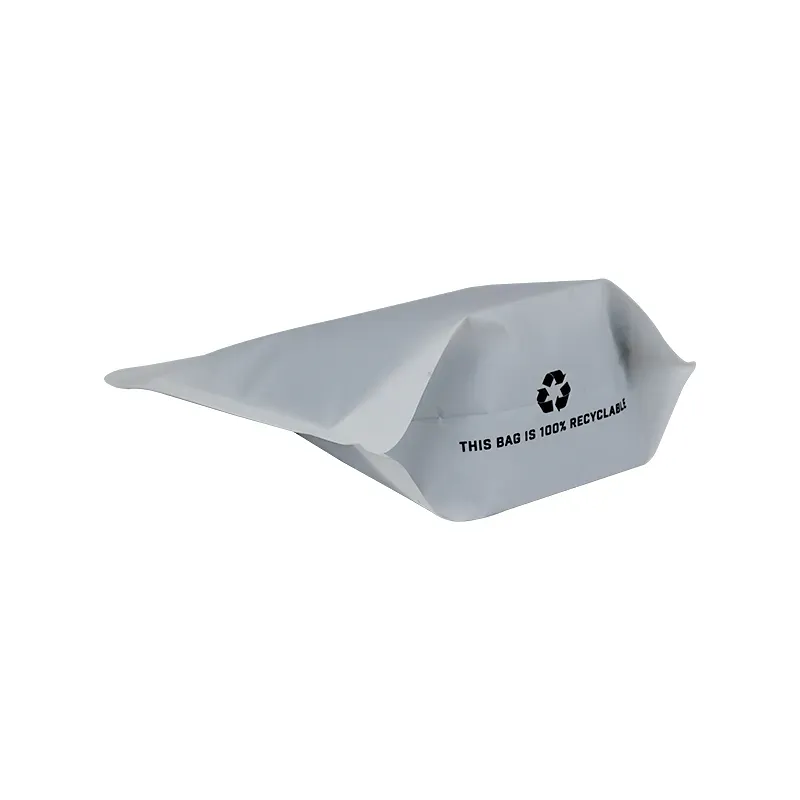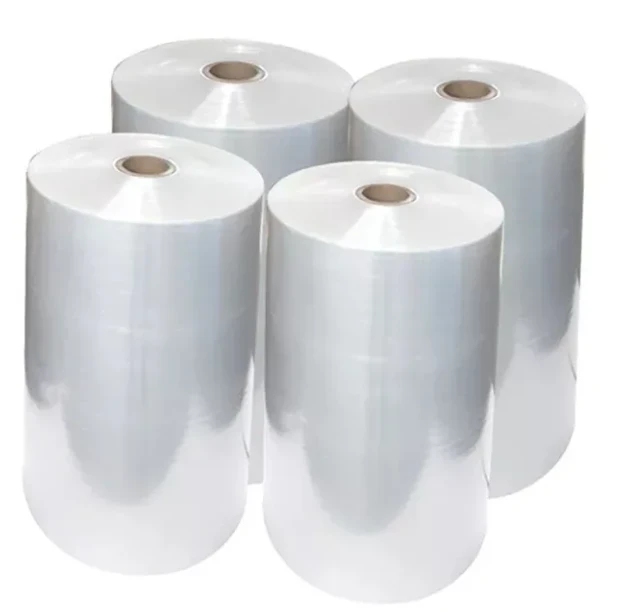- Afrikaans
- Albanian
- Amharic
- Arabic
- Armenian
- Azerbaijani
- Basque
- Belarusian
- Bengali
- Bosnian
- Bulgarian
- Catalan
- Cebuano
- chinese_simplified
- chinese_traditional
- Corsican
- Croatian
- Czech
- Danish
- Dutch
- English
- Esperanto
- Estonian
- Finnish
- French
- Frisian
- Galician
- Georgian
- German
- Greek
- Gujarati
- haitian_creole
- hausa
- hawaiian
- Hebrew
- Hindi
- Miao
- Hungarian
- Icelandic
- igbo
- Indonesian
- irish
- Italian
- Japanese
- Javanese
- Kannada
- kazakh
- Khmer
- Rwandese
- Korean
- Kurdish
- Kyrgyz
- Lao
- Latin
- Latvian
- Lithuanian
- Luxembourgish
- Macedonian
- Malgashi
- Malay
- Malayalam
- Maltese
- Maori
- Marathi
- Mongolian
- Myanmar
- Nepali
- Norwegian
- Norwegian
- Occitan
- Pashto
- Persian
- Polish
- Portuguese
- Punjabi
- Romanian
- Russian
- Samoan
- scottish-gaelic
- Serbian
- Sesotho
- Shona
- Sindhi
- Sinhala
- Slovak
- Slovenian
- Somali
- Spanish
- Sundanese
- Swahili
- Swedish
- Tagalog
- Tajik
- Tamil
- Tatar
- Telugu
- Thai
- Turkish
- Turkmen
- Ukrainian
- Urdu
- Uighur
- Uzbek
- Vietnamese
- Welsh
- Bantu
- Yiddish
- Yoruba
- Zulu
how to dehumidify a car
How to Dehumidify a Car
Humidity can be a significant issue inside your car, especially during rainy seasons or in humid climates. Excess moisture in the vehicle can lead to unpleasant odors, fogged windows, and potential long-term damage to interior components. Fortunately, there are several effective methods to dehumidify your car and keep the environment comfortable. Here’s a comprehensive guide on how to tackle this problem.
1. Use the Air Conditioning System
One of the most effective ways to remove humidity from your car is by using the air conditioning (A/C) system. When you turn on your A/C, it not only cools the air but also removes moisture. Here’s how to do it
- Start your car and turn on the A/C. - Set the temperature to a cool setting and the fan to the highest level. - Make sure to use the “recirculate” option. This helps to better filter the air and reduces humidity levels inside the vehicle. - Aim the A/C vents at the windows to help clear any condensation that may be forming.
Remember, if your windows are fogging up, it's essential to let some fresh air in while the A/C runs to achieve the best results.
2. Use a Dehumidifier
If you frequently deal with humidity issues in your car, investing in a desiccant dehumidifier can be beneficial
. These devices are designed to absorb moisture and can be placed inside your car- Opt for a compact, portable dehumidifier made specifically for automotive use. - Place it on the floor mats or the center console. - Check and replace or recharge the dehumidifier according to the manufacturer's instructions. You'll be surprised by how much moisture it can absorb over time.
3. Keep Windows Closed and Seals Intact
One of the simplest ways to prevent humidity build-up is to ensure that your car's windows are entirely closed and that the door seals are in good condition. Here’s what to check
how to dehumidify a car

- Inspect the rubber seals around doors and windows for cracks or wear. Replace any damaged seals to prevent moisture from entering the cabin. - When parking your car, avoid leaving the windows cracked, as this allows humid air to seep inside.
4. Utilize Baking Soda
Baking soda is an excellent natural dehumidifier. It’s affordable and can be easily placed inside your car
- Place an open container of baking soda in your car's footwell. - This method can effectively absorb excess moisture and odors. - Replace the baking soda every few months for optimal effectiveness.
5. Dry Out Wet Items Immediately
To prevent excess humidity, make sure to dry out any wet items immediately. If you have clothing, sports gear, or even umbrellas that are damp, remove them from your vehicle as soon as possible.
- If your car has been exposed to rain, dry the seats and carpets with towels or a wet vacuum. - Leave the windows slightly open on dry days to allow fresh air circulation, which helps to dry out the interior.
6. Regular Maintenance
Lastly, regular maintenance of your vehicle can prevent moisture build-up. Make sure to service your car’s air conditioning system at recommended intervals, check for leaks in the cooling system, and ensure that the cabin air filter is functioning properly.
In conclusion, tackling humidity in your car involves a combination of immediate actions and preventive measures. By using your A/C, investing in a dehumidifier, keeping your vehicle sealed, and maintaining good hygiene practices, you can create a comfortable driving environment free from excess moisture.













